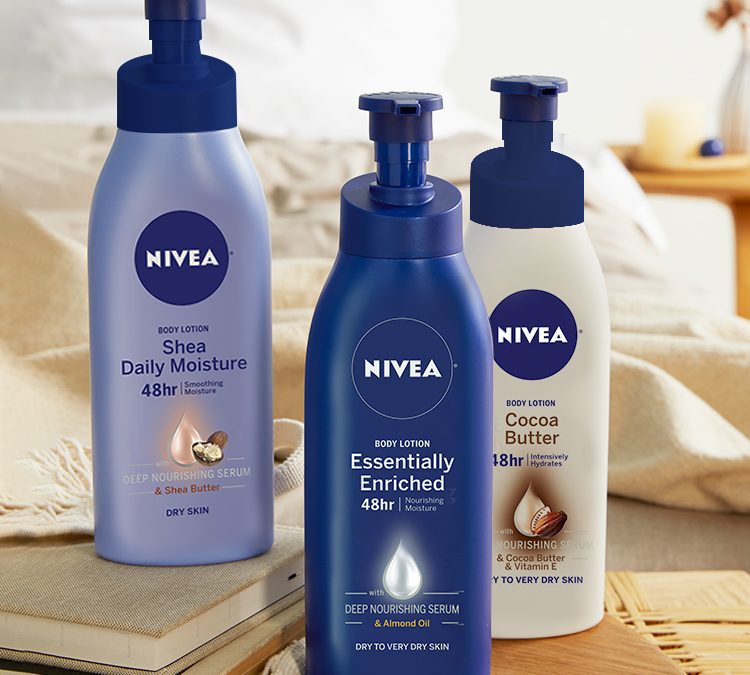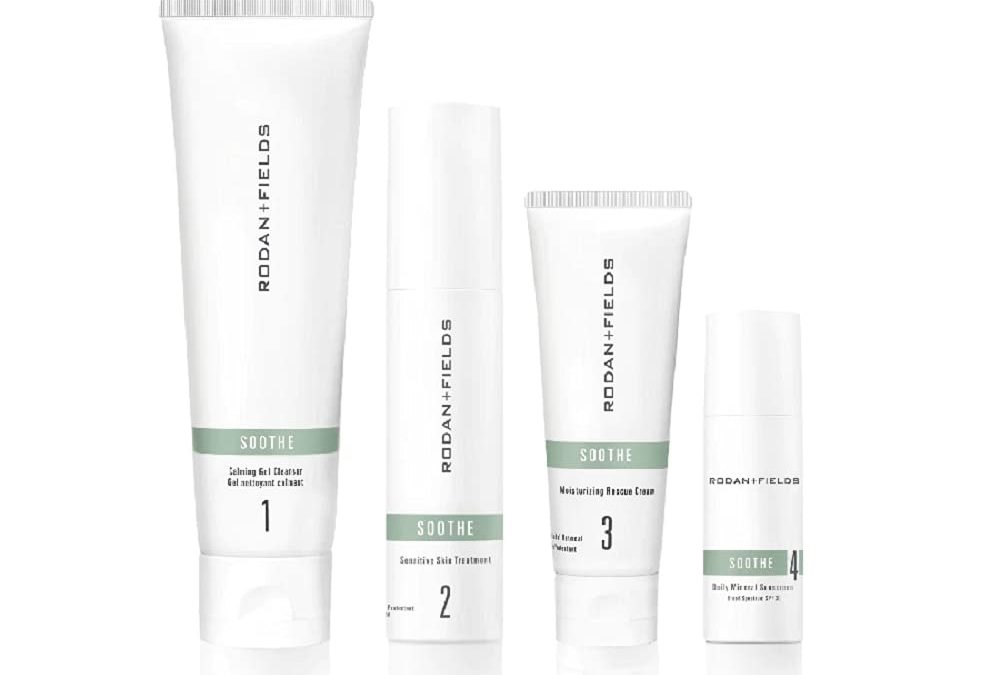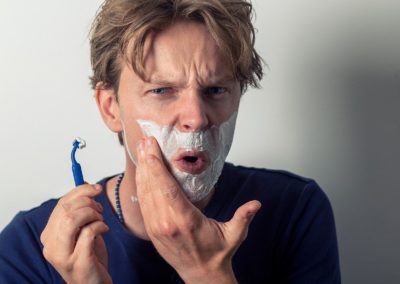How To Shave Your Face

written by nail expert Jess Rowley
How To Shave Your Face
Are you wondering if there’s a better way to shave your face?
Perhaps you’ve been getting razor rash or aren’t getting the clean shave you really want. In which case you’ll want to know the best routine to achieve an efficient and pain-free shave.
That’s where we come on. We’ve compiled a step-by-step guide on how to shave your face as well as gathered some tips on shaving and things to avoid.
So, let’s jump right in.
How To Shave Your face: A Step By Step Guide
- Exfoliate – Exfoliation prevents ingrown hairs by removing dead skin cells that can block cut hairs from breaking through the surface of your skin. Use a gentle scrub or exfoliating glove to remove any loose hairs and dead skin from around the area of your face you plan to shave.
- Rinse – Relax your skin and open up your pores by rinsing with some warm water, apply a face cleanser, and work it up into a nice lather. Gently scrub your face with your hands and then rinse it clean to remove any oil, dirt, and dead skin cells.
- Apply Shaving Cream – Shaving cream will help prevent skin irritation by adding extra moisture to your face and give you a closer shave. Spread a thin layer over your face and apply it in an upward motion to help lift your hairs up and away from your face, which will make it easier to shave them off.
- Shave – Use a fresh, manual razor for a closer shave and use short, light strokes as too much pressure can cause nicks and cuts. Start with your cheeks and save the more sensitive skin of your neck for last. Make sure you rinse off the blade between each stroke so they’re smooth and consistent and continue shaving your entire face in small, light motions. Shave with the grain to reduce the chance of cutting your skin but if you want a closer shave then cut against the grain.
- Rinse off – Splash a little water over your face to wash away any leftover shaving cream, dead skin, and hair. Then follow up with a gentle, water-based moisturizer and avoid any products that contain any harsh actives, like retinol or glycolic acid, immediately afterward.
Should You Shave?
Shaving facial hair is entirely your choice and sometimes it isn’t at all necessary. What matters most, however, is how you shave.
For instance, you shouldn’t shave if you have any active acne, cuts, or rashes on your face, which can cause further irritation and infection, instead of rock some stubble or a longer beard until the problem is fixed, who knows, you may find yourself liking the hairier look.
Keep in mind the skin on your face is sensitive, which means the chance of causing irritation from ingrown hairs, razor burn, and other problems aren’t unlikely.
Will My Peach Fuzz Grow Back Thicker?
One myth you’ve no doubt heard is that when you shave your hair it will grow back thicker or darker. This simply isn’t true. Peach fuzz on the face takes several weeks to grow back, which for most women means about 3 to 4 weeks. This length of time is dictated by the natural thickness of your peach fuzz, the amount you normally have, and your hormones, which may cause hair to grow more or less quickly. However, when it does grow back the thickness, color, and speed of growth will not change.
Key Points To Remember
- Stay hydrated – First, hydrate to help minimize nicks, cuts, and irritation while shaving. We recommend that you shave immediately after showering, or even in the shower.
- Replace blades if needed – Check the lubrication strips; if they look faded or worn, or if the blades feel dull while shaving, it may be time for a new cartridge.
- Clean the blades – Rinse your blades often. Remember, don’t shave without shaving cream or over-shave the same spot, as this can cause irritation or lead to ingrown hairs.
- The grain – If you’re wondering whether to shave with or against the grain then you may not find the answer very concise. The answer is both. Facial hair grows in many directions so you’ll shave both with and against the grain at different times in your routine. Shave in the direction that feels most comfortable.
- Rinse off – Wash your face with cool water and pat it dry. Rub in a hydrating aftershave lotion to help your skin feel soft and comfortable.
Frequently Asked Questions
Do you shave up or down your face?
You may be better off shaving in the downwards direction as it protects you from getting razor burns or ingrown hair. Although shaving against the grain can undoubtedly give you a closer shave, it is not something you must follow if you have sensitive skin.
Is it better to shave your face wet or dry?
The way the razor cuts the hairs means that wet shaving produces a closer shave than dry shaving. You’ll notice it feels smoother and takes longer to grow back. However, as the hairs do grow back, the sharp points can sometimes irritate the underside of the skin causing itchiness.
How often should you shave your face?
In general, for men, we recommend shaving every two to three days if you want a clean shave; three to five days if you want to simply style or trim; and if you want to just let your hair grow, then simply stop shaving. For women, however, you may not have to shave nearly as frequently if at all depending on how your hair grows.
Why do I have a female mustache?
Excessive male hormone production in females causes hair growth above the upper lip and sometimes on the chin, chest, upper thighs, abdomen, and back.
What happens if I shave every day?
While many believe the more often you shave your body hair, the more coarse it’ll grow back, this isn’t true. Another myth is that shaving more frequently will keep razor burn or razor bumps at bay. Shaving correctly is the most important factor in avoiding rashes, dryness, and discomfort caused by shaving.

Best L’Oreal Products For Men
[Review] in 2022 written by nail expert Jess RowleyCheck out the results fast - here are our review winners[dica_divi_carousel item_width_tablet="400px" item_width_phone="345px"...

Best Neutrogena Skincare Products
[Review] in 2022 written by nail expert Jess RowleyCheck out the results fast - here are our review winners[dica_divi_carousel item_width_tablet="400px" item_width_phone="345px"...

Best Nivea Products For Men
[Review] in 2022 written by nail expert Jess RowleyCheck out the results fast - here are our review winners[dica_divi_carousel item_width_tablet="400px" item_width_phone="345px"...

Best Rodan+ Fields Products
[Review] in 2022 written by nail expert Jess RowleyCheck out the results fast - here are our review winners[dica_divi_carousel item_width_tablet="400px" item_width_phone="345px"...

